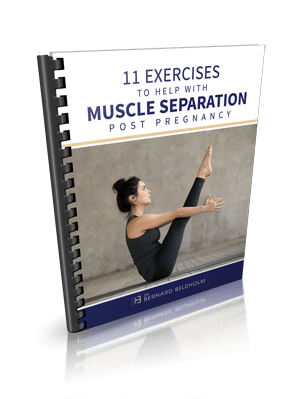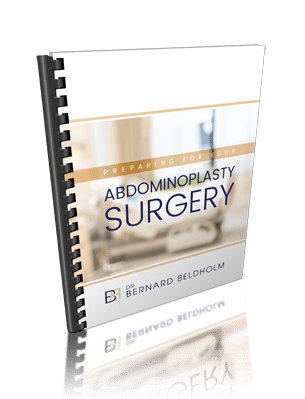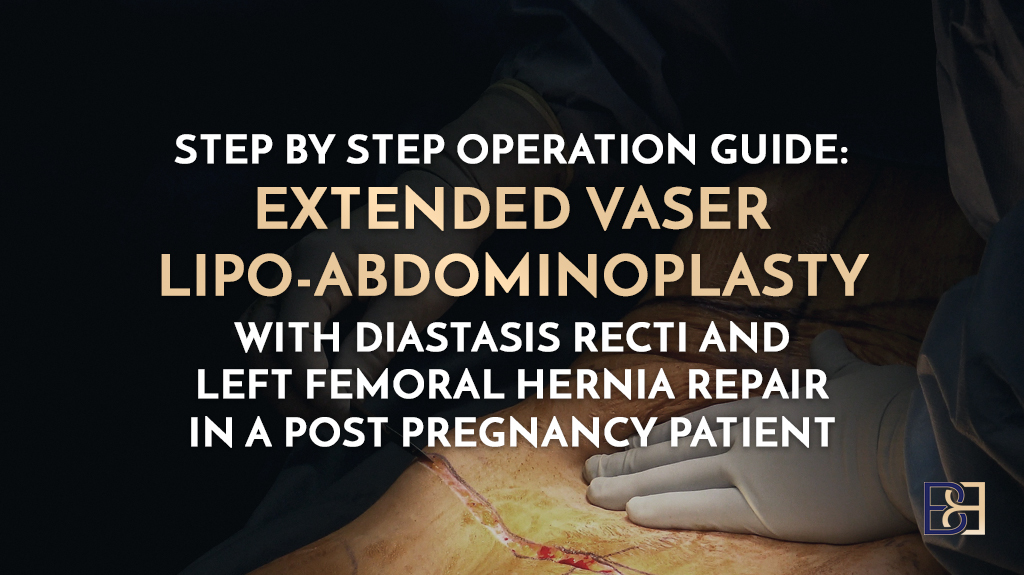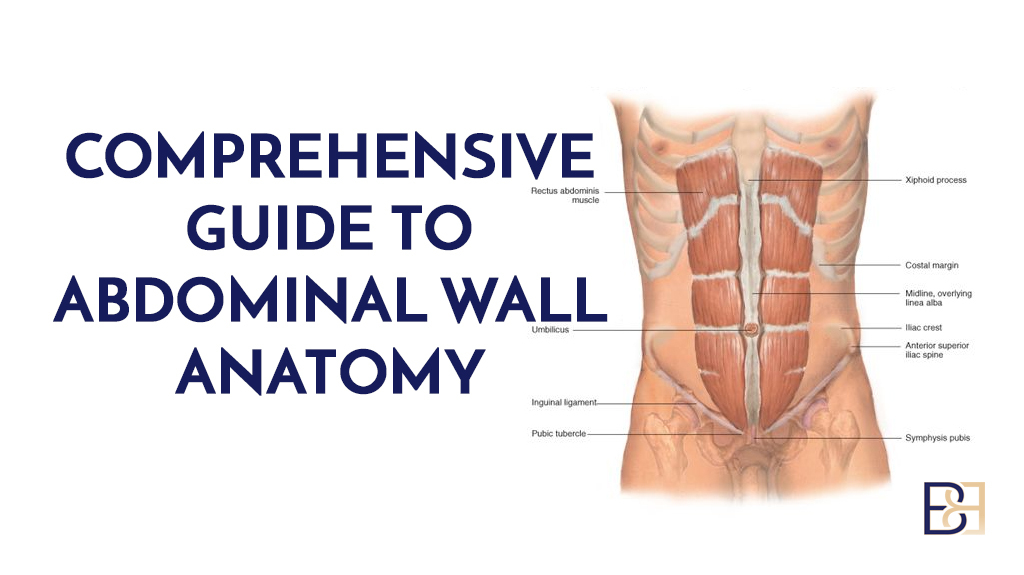Diastasis recti, or muscle separation, is very common among pregnant and postpartum women. Common indicators include difficulty lifting things, weak core strength, urinary incontinence, constipation, and hip and lumbopelvic pain.
Pregnancy is one of the greatest blessings a woman can experience. But even with the celebrations that follow pregnancy, nothing fully prepares you for postpartum changes. Pregnancy is a long journey that leaves behind its marks. From weight gain to belly protrusion, the changes can range from minor to life-altering.
Book your appointment online now
If you’ve been experiencing post-pregnancy changes and are confused about how to deal with them, you are not alone. Women have been having babies since the beginning of time, but thanks to advances in medicine, we have found solutions to many of the once-perplexing postpartum concerns.
In this article, I will discuss one of the most common, and least understood postpartum bodily changes, abdominal muscle separation. Additionally, I will give you an overview of diastasis recti symptoms, how to tell if you have it, and, most importantly, discuss how it can be repaired.
How Pregnancy Affects Abdominal Muscles
During pregnancy, the body releases hormones, one of which is relaxin, which relaxes ligaments and muscles to accommodate the developing foetus. As the baby grows, the uterus expands, causing the abdominal muscles to stretch and separate.
After the pregnancy term, the stretched abdominal muscles revert to their standard state, reducing the size of the belly. For some women, however, it can take six months to several years for the belly to return to its original state.

What Is Diastasis Recti?
Diastasis recti (muscle separation) is the weakening and stretching of the rectus abdominis muscle. Though this condition can happen to both males and females, it is most common in pregnant women and post-pregnancy patients. Diastasis recti occurs when the connective tissues that hold the rectus abdominis muscles together (linea alba) stretch forward to accommodate the growing foetus. One of the main signs of muscle separation is the protrusion it causes in the belly.
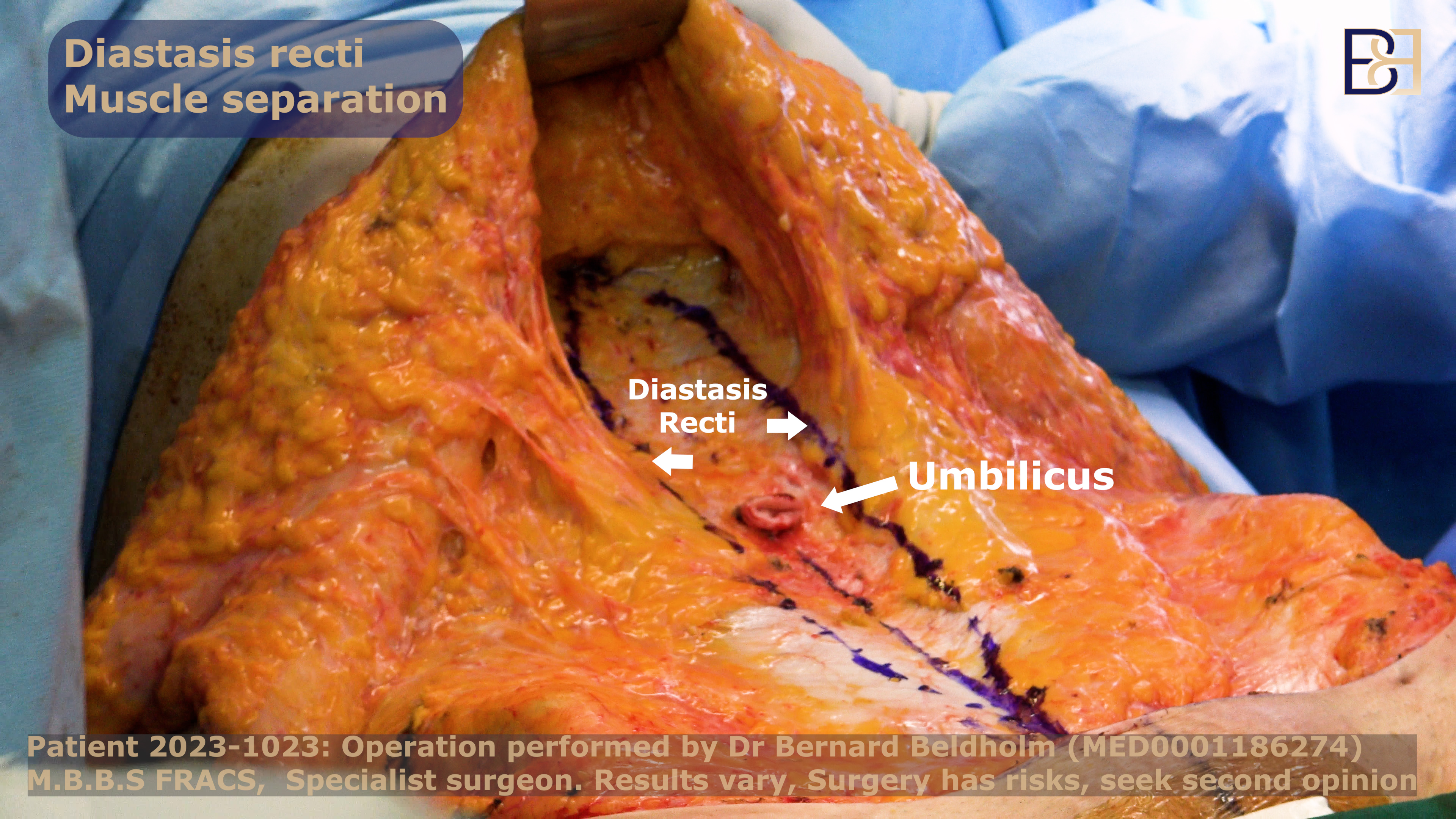
To quote an article by NCBI, “[t]he rectus abdominis muscles are a pair of bilateral muscles that run along the anterior midline of the abdomen from the costal cartilages of the fifth through seventh ribs to the pubic symphysis. The Linea alba is an extension of the rectus abdominis fascia, which is made from the aponeuroses of the external oblique, internal oblique, and transverse muscles.”
Signs and Symptoms of Diastasis Recti
Diastasis recti can go undetected if you aren’t sure what to look for. Below are some of the symptoms of diastasis recti.

Disclaimer: Operation performed by Dr Bernard Beldholm. Adult content, surgery has risks; individual results vary, seek 2nd opinion. Please see the full disclaimer.
A jelly-like texture around the belly button: Excess tissue or decreased muscle tone causes skin’s texture around the belly button to change.
Difficulty lifting heavy objects and performing everyday tasks: The rectus abdominis muscles give the abdomen strength to do basic tasks like lifting. Weak rectus muscles make daily tasks difficult.
Pelvic and hip pain: Core muscles support the spine during movement. Weak abdominal muscles cause imbalance and overuse of the pelvic and hip muscles.
Incontinence: Weak abdominal muscles can cause bladder disruption, leading to involuntary urine leakage.
Lower back pain: Lack of core strength puts a lot of pressure on the lower back muscles, resulting in back pain.
Visible bulge or pouch of loose skin and connective tissue around the belly button: The separation of abdominal muscles causes the belly to protrude, giving the illusion of pregnancy even after giving birth.
Bad posture: Weakened core muscles make it difficult to adequately support the spine, causing a slouch.
Constipation: Diastasis recti can impact the movement of the bowels because the core muscles lack the strength to pass the waste. This can cause constipation.
Coning or doming of the ab muscles during physical exertion: When abdominal muscles are separated, they protrude outwards when sitting or lifting heavy objects.
Lack of core strength: Diastasis recti makes it challenging for core muscles, such as the abdominal and lower back muscles, to function normally.
Pain during intercourse: You may experience pain during intense activities like intercourse due to poor abdominal support.
At-Home Test to Determine Whether You Have Muscle Separation (Diastasis recti)
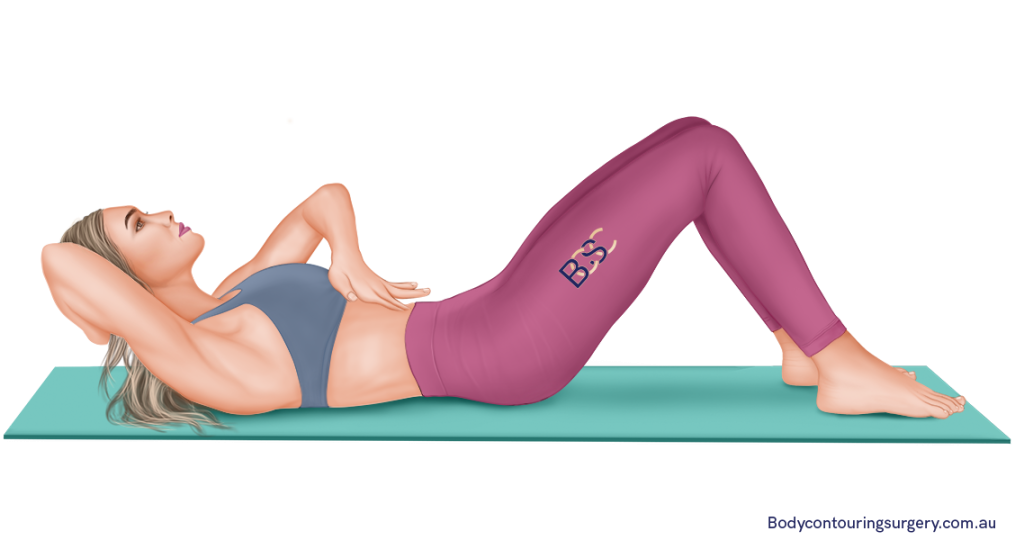
If you have the symptoms of diastasis recti (muscle separation) mentioned above, you can confirm the issue by taking the test below.
Step 1: Lay flat on your back and bend your knees, keeping your feet flat on the floor.
Step 2: Place one hand horizontally across your midsection.
Step 3: Slowly position yourself in a mini-crunch.
Step 4: Use your hand to feel for gaps between the rectus abdominis (ab muscle). You may also notice a jelly-like texture around the belly button.
Step 5: If you feel a gap of more than 2.5 cm (one finger in width), your abdominal wall hernia could be separated.
Testing for Diastasis Recti After Giving Birth
I advise patients to wait at least a month after giving birth before testing for diastasis recti in order to give the body time to recover.
Another reason to wait is uterine involution. Immediately after childbirth, your uterus begins the process of reverting to its original size. The process could take up to 6 weeks, during which time the abdominal muscles are adjusting to their post-pregnancy state.
Causes of Torn Abdominal Muscles During Pregnancy
Multiple factors cause tearing of the abdominal muscles during pregnancy. Below are a few:
Carrying twins or multiples: Carrying twins or multiple children at once stretches the stomach muscles (rectus abdominis) until it tears due to lack of space.
Heavy birth-weight baby: Higher-weight babies cause the abdomen to be pushed further outward, putting increased pressure on the ab muscles.
Poor posture: Overarching your back can cause the abdominal muscles to stretch and tear.
Advanced age: As people age, the collagen production in their body decreases. Lack of skin laxity makes stretching challenging, which can cause tearing.
Back-to-back pregnancies: Back-to-back pregnancies can lead to overstretching, which can cause muscle separation (Diastasis recti). To avoid diastasis recti, it’s best to spread out your pregnancies to give your body time to heal naturally.
How To Prevent Torn Abdominal Muscles (Diastasis recti) During Pregnancy
There are several measures you can take to prevent tearing of the Abdominal Muscles during pregnancy:
Proper posture: Maintaining a proper posture will prevent slouching, which allows the spine to remain aligned, preventing torn Abdominal Muscles.
Hydration: Hydration keeps your skin supple and elastic. Highly elastic skin stretches, making muscle (Diastasis recti) separation less likely.
Mindful movement: Avoid sudden movements that may cause stress on the abdomen, causing tears.
Exercise: Consult a physiotherapy professional to determine which exercise benefits your condition.
Exercises to Prevent Abdominal Separation Before Pregnancy
Performing various exercises before pregnancy can help strengthen the core and build resistance, preventing diastasis recti. I highly recommend the following exercises.
Pilates
Pilate exercises offer body control, flexibility, and stability as they target core muscles, which helps to prevent major diastasis recti.
Pelvic Tilts
Pelvic tilt exercises involve bending your knees, tightening your abdominal muscles, and holding your pelvis up for a couple of seconds. They strengthen deep abdominal muscles like the transversus abdominis.
Planks
While doing a plank, the core should remain tight and the hips raised. Positioning your body is more important than how long you do your planks. This exercise strengthens all the abdominal muscles, thereby preventing muscle separation (Diastasis recti).
Yoga
A cow stretch yoga method increases spinal flexibility by strengthening abdominal muscles and removing pressure from the lower back to promote stability.
Bridge Exercise
Bridge exercises help the lower back and core muscles. To do bridge exercises, lie on your back and engage your core. Lift your hips and squeeze your glutes. For the exercise to work effectively, hold your position, lower it, and repeat it several times.
Understanding the Abdominal Muscles
To understand how muscle separation (Diastasis recti) occurs during pregnancy, you must first understand the different abdominal muscles and their functions.
Rectus Abdominis

The Rectus Abdominis is the abdominal muscle that runs vertically on the abdomen. Its main function is to provide support to the abdominal organs and offer overall core stability. When this muscle separates, it causes diastasis recti.
Transversus Abdominis
Transversus abdominis, which is responsible for maintaining and stabilising abdominal pressure, is the deepest abdominal muscle, situated under all of the other abdominal muscles.
Internal Oblique Muscles
Located beneath the hip bone, the internal oblique is a thin and broad muscle that helps the body to bend sideways. Internal oblique muscles move ipsilateral (on the same side).
External Oblique Muscles

Essential for the twisting and turning motion in the torso, the external oblique muscles are located on the sides of the tummy, running diagonally from the ribs to the pelvis.
Activities to Avoid After Experiencing Diastasis Recti
There is a lot of pressure on social media for women to snap back to their pre-pregnancy bodies. Therefore, many women push themselves hard until they break. If you have diastasis recti, you should refrain from doing certain exercises that could worsen the condition. Some of these exercises are planks, sit-ups, and heavy-weight lifting.
Repairing Torn Abdominal Muscles
Diastasis recti is not the end of the world. In fact, 2-in-3 pregnant women experience muscle separation (Diastasis recti). For a treatable condition with a high success rate, I recommend surgical and non-surgical procedures, depending on the severity of the muscle separation (Diastasis recti).
Non-Surgical Methods
If you have a minor case of diastasis recti, I would advise you to look into non-surgical methods such as exercise therapy. It is essential, however, to seek professional advice before starting an exercise regimen as some exercises can actually make your abdominal separation worse.
Surgical Methods
Abdominoplasty (tummy tuck) is the most popular surgical procedure for diastasis recti. I perform it by sewing the linea alba to strengthen it and then setting the rectus abdominis (ab muscle) back in place. When paired with liposuction to remove excess fat tissues, the procedure tones your abdomen and changes your aesthetic appearance.

In extreme cases of diastasis recti, I use the mesh repair abdominoplasty technique to strengthen the repaired abdominal muscles. The risk of recurrence is low, and the procedure is reliable. According to one study Published in PubMed, “[r]epair of rectus diastasis with a narrow well-fixed mesh and concurrent skin abdominoplasty is a well-tolerated and reliable procedure with low recurrence and low SSO in the manner described.”
I advise my patients to wait for one year after giving birth before considering an abdominoplasty procedure to give the body enough time to heal. However, if you’re experiencing pain or other physical symptoms that are negatively impacting your quality of life due to diastasis recti, let’s set up a consultation and allow me to perform an assessment.

Dr. Beldolm’s Final Thoughts
Diastasis recti is a common occurrence in post-pregnancy women. Instead of suffering in silence and waiting it out, seek treatment for your condition. With over 15 years of experience treating diastasis recti with abdominoplasty surgery, I am dedicated to ensuring the optimal results for all my patients.
Resources
Dumanian, G. A., & Moradian, S. (2021). Mesh abdominoplasty for rectus diastasis in women and men. Hernia: the journal of hernias and abdominal wall surgery, 25(4), 863–870.
Keeler, J., Albrecht, M., Eberhardt, L., Horn, L., Donnelly, C., & Lowe, D. (2012a). Diastasis recti abdominis. Journal of Women’s Health Physical Therapy, 36(3), 131–142.
Akram J, Matzen SH. Rectus abdominis diastasis. J Plast Surg Hand Surg. 2014 Jun;48(3):163-9.
Sood, R., Janes, L. E., Shah, N., Sasson, D. C., Ellis, M. F., & Dumanian, G. A. (2021). Mesh Repair of Rectus Diastasis for Abdominoplasty is Safer than Suture Plication. Plastic and reconstructive surgery. Global open, 9(8), e3721.
Michalska, A., Rokita, W., Wolder, D., Pogorzelska, J., & Kaczmarczyk, K. (2018). Diastasis recti abdominis – a review of treatment methods. Ginekologia polska, 89(2), 97–101.
Reinpold W, Köckerling F, Bittner R, Conze J, Fortelny R, Koch A, Kukleta J, Kuthe A, Lorenz R, Stechemesser B (2019) Classification of rectus diastasis—a proposal by the German Hernia Society (DHG) and the International Endohernia Society (IEHS). Front Surg 6:1
Boissonnault, J. S., & Blaschak, M. J. (1988). Incidence of Diastasis Recti Abdominis During the Childbearing Year. Physical Therapy, 68(7), 1082-1086.
Howard, F. M., Perry, C. P., Carter, J. E., El-Minawi, A.,M., (2000) Pelvic pain diagnosis and management. Lippincott Williams and Wilkins
Radhakrishnan, M., & Ramamurthy, K. (2022). Efficacy and Challenges in the Treatment of Diastasis Recti Abdominis-A Scoping Review on the Current Trends and Future Perspectives. Diagnostics (Basel, Switzerland), 12(9), 2044.
Bø K., Hilde G., Tennfjord M., Sperstad J., Engh M.E. Diastasis recti abdominis and pelvic floor muscles function. A cross sectional study of primiparous women during pregnancy and postpartum. Physiotherapy. 2015;101:e161–e162.
Parker M.A., Millar L.A., Dugan S.A. Diastasis Rectus Abdominis and Lumbo-Pelvic Pain and Dysfunction-Are They Related? J. Women’s Health Phys. Ther. 2009;33:15–22


